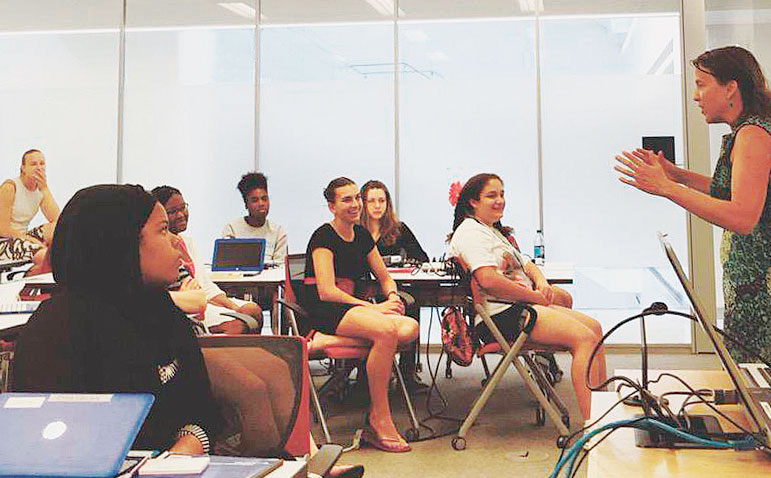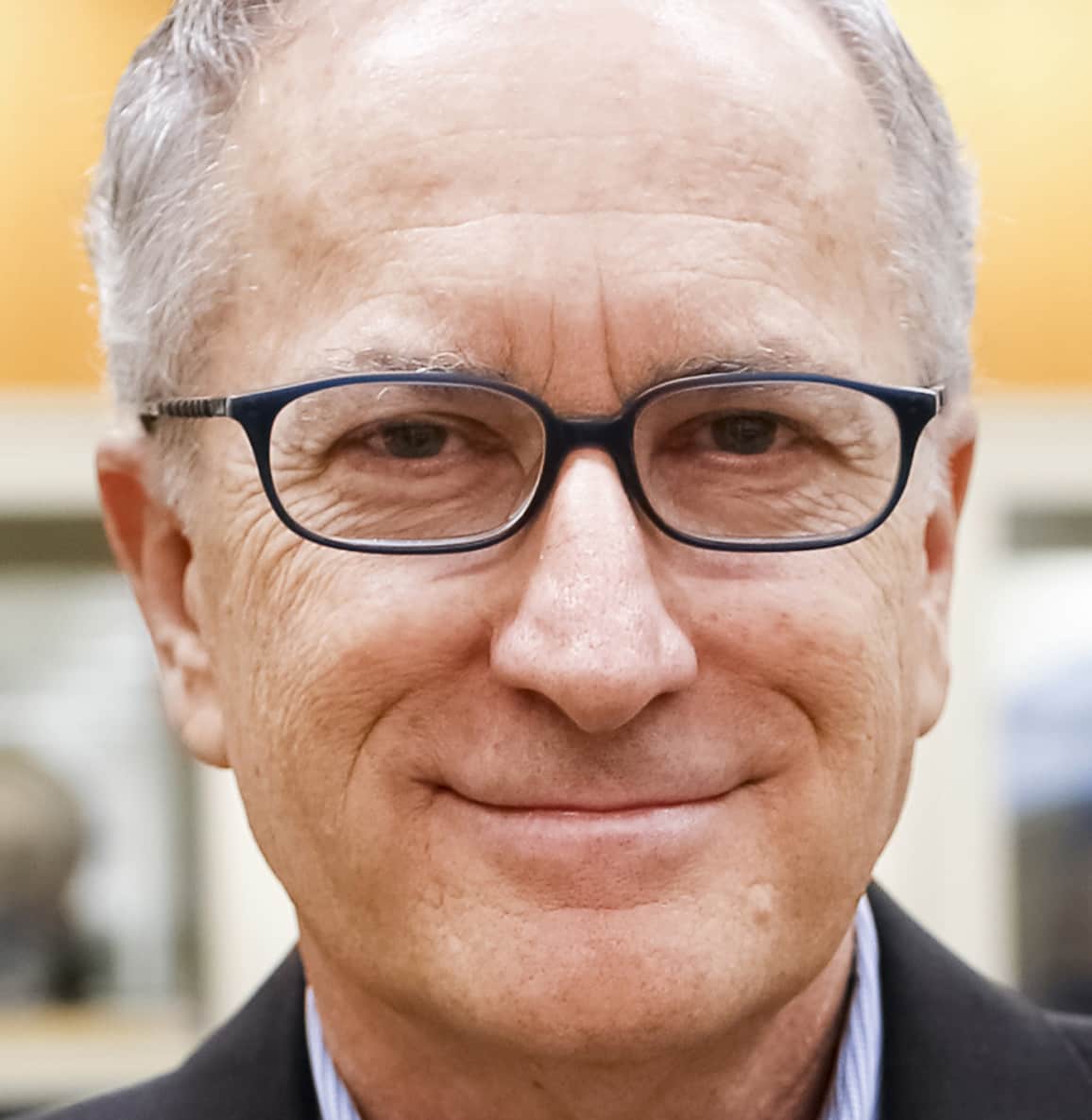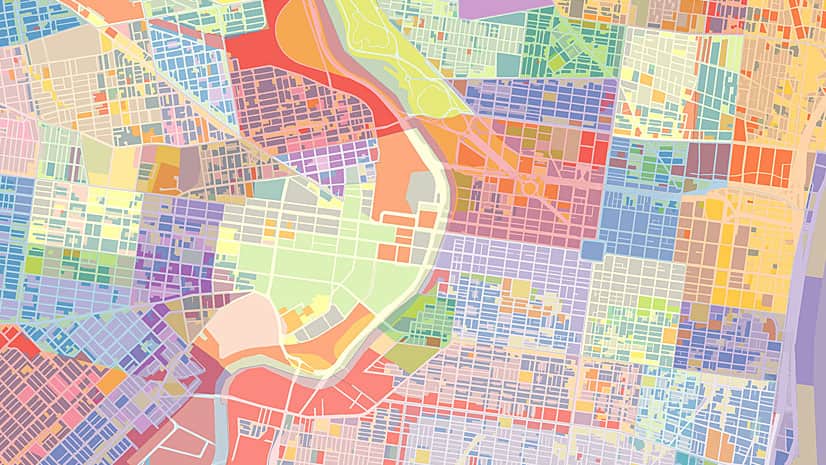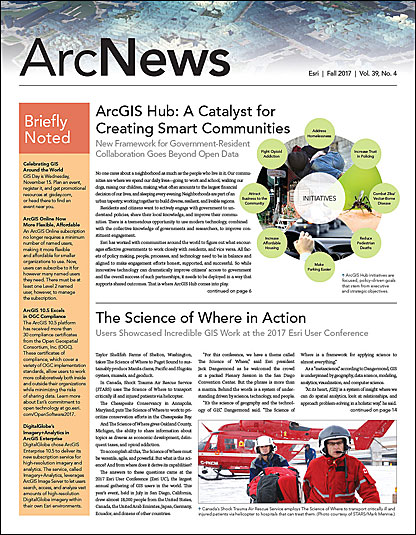Women have come a long way in GIS since Mei-Po Kwan, a professor of geography and GIS at the University of Illinois at Urbana-Champaign, wrote her groundbreaking 2002 article, “Is GIS for Women?” In it, she cites female GIS practitioners’ personal experiences in the vocation, quoting one who said that a GIS lab felt like “the domain of the white, middle- to upper-class graduate geography students.”
In a more recent study about the profession from 2016, GIS analyst Livia Betancourt Mazur and Hunter College professor Jochen Albrecht sought to find out, with new data, if women are underrepresented in GIS. In surveying almost 500 women in GIS—asking questions such as, Have you ever been the only woman in the room (at meetings, events, etc.)?—the researchers found that while women are not grossly underrepresented in GIS, they are likely underrepresented in certain sectors and positions, especially ones that require managerial or highly technical skills. This suggests that Kwan’s question still resonates today.
It is within this context that the American Association of Geographers (AAG) is launching a new initiative called Coding for Girls in GIS and Geography. AAG has developed GIS coding curriculum and is planning a series of workshops on coding for girls and women beginning at the AAG Annual Meeting in New Orleans, Louisiana, in April and continuing throughout 2018 across the United States. AAG is also working with its many international programs to set up similar initiatives around the world, with workshops and webinars already scheduled for Ukraine and throughout Africa, including in Cameroon, Ethiopia, Nigeria, and South Africa.

Many AAG members and staff have strong experience and expertise in computer programming. They have taught introductory and advanced GIS courses at universities or participated in college and high school mentoring programs to support and empower young women who are interested in STEM (science, technology, engineering, and math) fields. In fact, AAG’s new Coding for Girls in GIS and Geography initiative is being coordinated by AAG senior researcher Dr. Coline Dony, who has worked for and recently spent the summer with Girls Who Code, a nonprofit that teaches computer science and GIS concepts to high school students.
Dony’s personal experience has motivated her to take on this initiative. “I was often the only woman in GIS courses that involved any programming, and I want to change that,” she said. “Enrolling for these courses should feel like the right choice for women in geography. This initiative is about boosting women’s interest in programming by teaching them how to create web-based geovisualizations and how to automate analyses of new sources of spatial data, such as those from social media.”
AAG looks forward to engaging with the broader geography and GIS communities—including other GIS organizations and the extensive GeoMentor network, operated by AAG and Esri—to broaden the reach of Coding for Girls in GIS and Geography and create similar programs for high school students across the United States and around the world.
At AAG, we are convinced that a more diverse geography and GIScience community will enhance our discipline and amplify our ability to understand and improve our world. To make this happen, we need to change the culture of our schools and workplaces to tap the talents of girls and women at an early age and prepare them with the computing and spatial thinking skills required to conduct cutting-edge research and land good jobs. Gaining early access to these skills can help girls and women overcome stereotypes and lead to exciting opportunities around the world. It will also infuse GIS and GIScience with new ideas, perspectives, and talent, which can only propel these fields forward.
For more information on Coding for Girls in GIS and Geography, or to participate in these events, email AAG research associate Jolene Keen.


